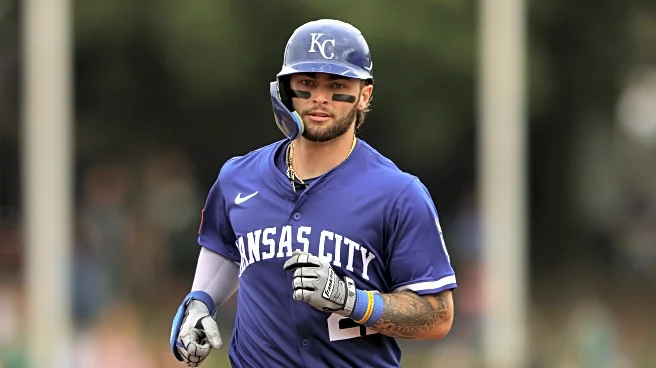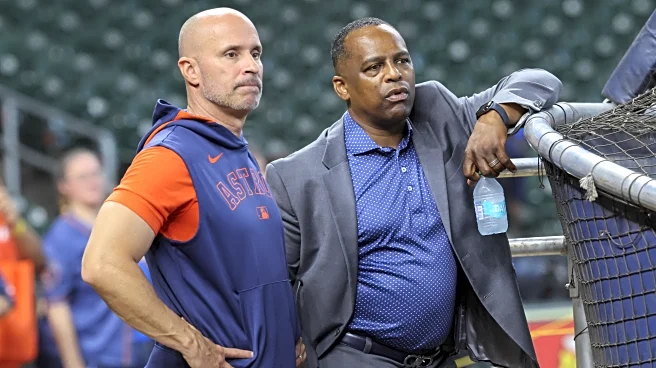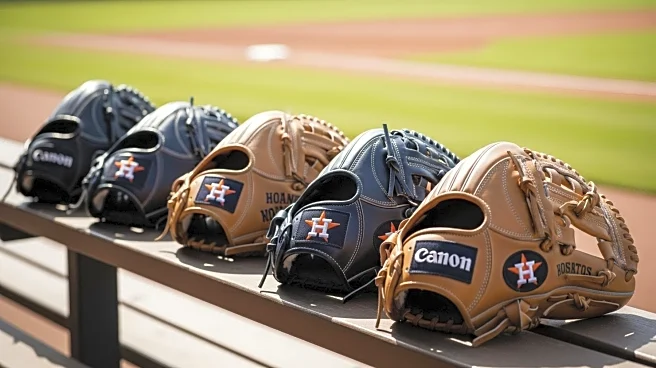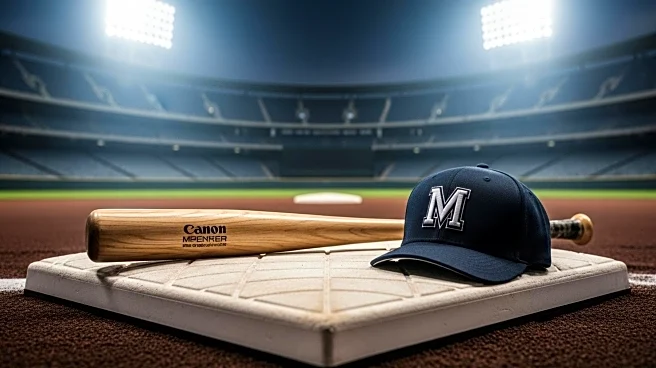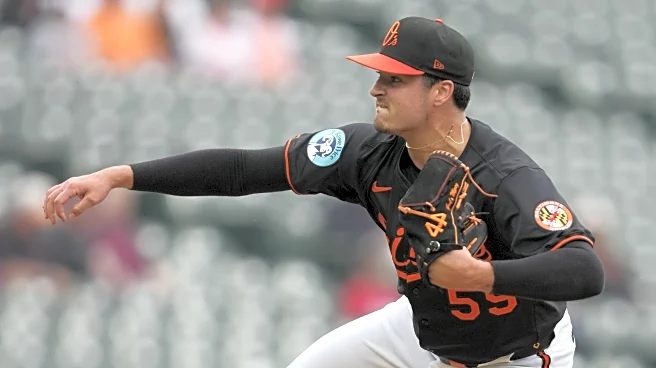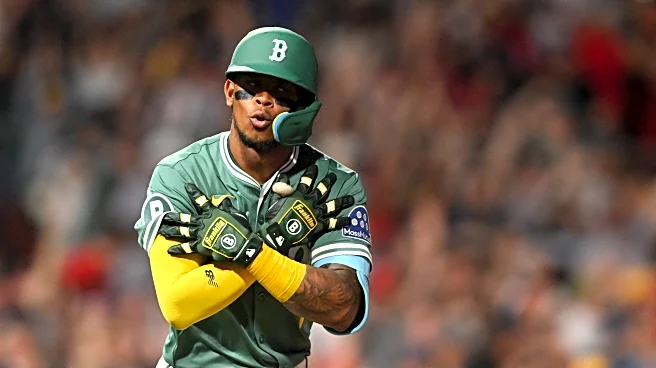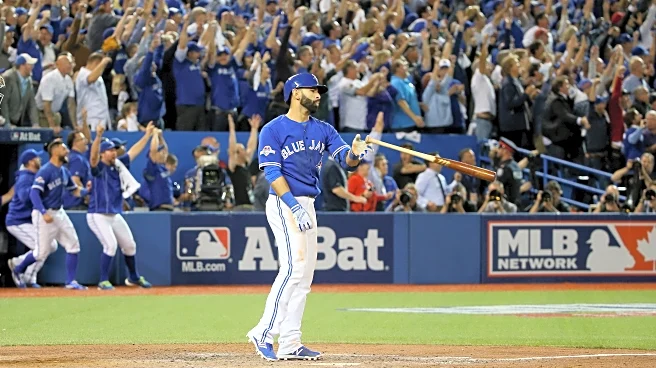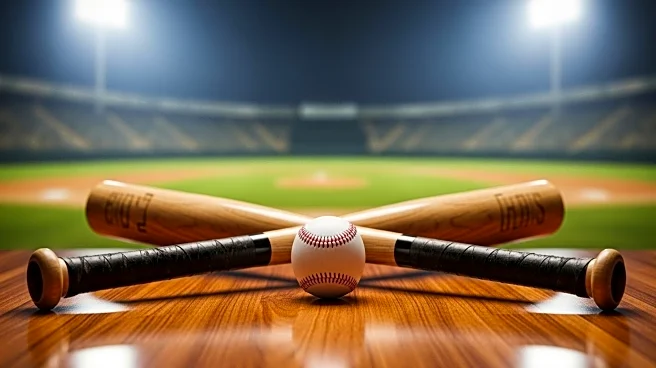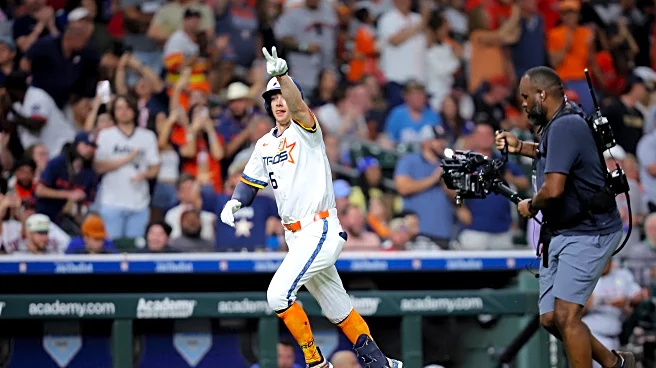Last week we took a look at the catcher outlook for 2026. This week we turn our attention to first base. Unlike catcher, there was only one first baseman for much of the season. While Victor Caratini played
an occasional game at the position, the position was Christian Walker’s for much of the season. For much of the season, Walker was a disappointment given the expectations. However, he did lead the Astros in home runs and RBI. So, the 2025 season was definitely a mixed bag.
A large part of this question is a question of expectations. He was essentially a .250 career hitter coming into the season, so he was never likely to hit for high average. A large part of that came with a career strikeout rate north of 20 percent. However, Walker came in with three expectations on the season. He would be a more disciplined hitter than what had been at first base before, he would supply solid power numbers, and he would be a Gold Glove caliber first baseman.
We will get to those questions shortly, but we should look at the overall mandate again. I won’t belabor the numbers we had last time, but a summary of those numbers would indicate this team doesn’t score enough runs because it doesn’t get on base often enough. It doesn’t get on base often enough because it doesn’t walk enough. Additionally, they struggle situationally because they swing at too many pitcher’s pitches and so they ground into double plays in key moments and generally don’t get runners in with less than two outs.
The Hitting numbers
- Strikeout rate: 27.7%
- Walk rate: 6.3%
- BABIP: .291
- Hard hit: 46.1%
- Swing: 52.2%
- Chase: 28.6%
Walker is one of the more interesting case studies because the numbers cut both ways across the board. On the one hand, he led the Astros in Ks by a fairly significant margin. The K rate was by far the worst of his career since he has been a regular. The walk rate was also lower than it has been for much of his career. That combination by itself is troublesome.
However, he also had the highest hard hit percentage of any of the regulars on the team. Yordan Alvarez was higher and would have finished higher had he qualified, but of the guys that were there, Walker hit it harder than anyone. His chase rate was also below the league average. That means that he at least recognizes balls and strikes better than most big league hitters.
We have already seen a study here that looked the number of strikeouts at home versus the road. Is he struggling with the hitting background? I suppose anything is possible, but like with Yainer Diaz the question is whether this is who Walker is or whether a new hitting coach could unlock something for him. Walker isn’t going to suddenly become a contact hitter, but if his strikeout rate goes back to career norms I suspect that the rest of the numbers will rebound accordingly.
At the very least, Walker is a terrific example of the fact that the hit tool should be divided into two different tools. There is the ability the put the bat on the ball and the ability to recognize balls and strikes. He has good strike zone judgment but he just swings and misses a lot. He does hit it hard when he does make contact and if you can find some way to mute the swing and miss even a little, he could be a useful offensive player in a deeper lineup.
Fielding Numbers
- Defensive Innings: 1316.0
- Defensive Runs Saved: -7
- Outs Above Average: +2
- Fielding Run Value: +2
When one looks at WAR it becomes a challenge to figure out whether you should trust baseball-reference.com or fangraphs.com. I personally like looking at both of them because they say slightly different things. BWAR looks more at actual production, but it also relies on defensive runs saved as the primary fielding tool. FWAR looks more at the statcast (FRV) data for fielding and looks at statcast offensive numbers to determine what a hitter should have produced. Walker comes out looking better in FWAR primary because of the fielding advantage there.
When you watch Walker play defense it is hard to figure out how he got to -7. He digs low throws out well and seems to have good range at the position. At one point in the season, he was one of the top three first basemen in percentage of throws in the dirt that he dug out. I’m struggling to figure out how that translates to a negative run total. Yet, even if we go with the more generous total we would probably say he fell in the average range. I’m guessing that is due to decreasing range with age. Still, on balance there is likely nothing wrong with his defense and the lower totals just might be one of those anomalies that happen every so often.
2026 Outlook
When we add a higher than normal strikeout rate with a lower than normal fielding rating, I’d say that a modest bounce back season is likely in the offing. Maybe that ends up being an extra win on the two WAR formulas. An extra win would have been enough to get the 2025 team into the playoffs. However, this is where we step back and look at the expectations coming into the season. No one expected Walker to lead the team in homers or RBI and the fact that he did is probably more an indictment of the team than him.
A Walker that gives you between 25 and 30 homes with around 90 RBI is probably just fine if everyone else is producing the way you’d hope. The question is two-fold. First, can someone (anyone) tinker with Walker to get him back to career norms in strikeouts and walks? Secondly, if you want to unload him is there someone that will take him?
The second question is one that fans often fail to ask. There have been a lot of statements of: “just trade Walker and move Isaac Paredes to first base.” Sure, and I’ll dial up Salma Hayek and set up that dream date. My situation would definitely be complicated by the fact that she and I are married to other people. Walker’s situation is complicated by his salary and age. If we assume he could be average (two to three wins above replacement), how many teams want to add a 20 million dollar a year average player? There is the possibility that you could either eat a part of that salary or that you could take on another team’s toxic contract. What would that look like though? We probably should brace for the fact that Walker will be back and will likely produce similar power numbers. If that can be accompanied with a slightly higher OBP and fielding numbers it might actually work out in our favor.



